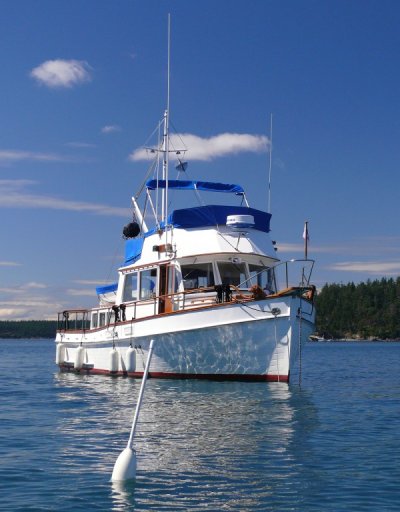FF
Guru
- Joined
- Oct 12, 2007
- Messages
- 22,552
In a really tight anchorage that slip system is great.
Since anyone that will be in there with you will be on 2 anchors knowing actually where the anchors (nor 30 ft away cause someone was lazy)ARE is a great help.
Esp anchoring in a narrow channel, where all are nose to tail like an elephant heard.
WE use the sounding lead as a weight , always handy since its right out with the anchor.
A bowline attaches the weight to the anchor , so it can quickly be switched if a burying (CQR) is needed rather than a Danforth or Bruce.
Since anyone that will be in there with you will be on 2 anchors knowing actually where the anchors (nor 30 ft away cause someone was lazy)ARE is a great help.
Esp anchoring in a narrow channel, where all are nose to tail like an elephant heard.
WE use the sounding lead as a weight , always handy since its right out with the anchor.
A bowline attaches the weight to the anchor , so it can quickly be switched if a burying (CQR) is needed rather than a Danforth or Bruce.

